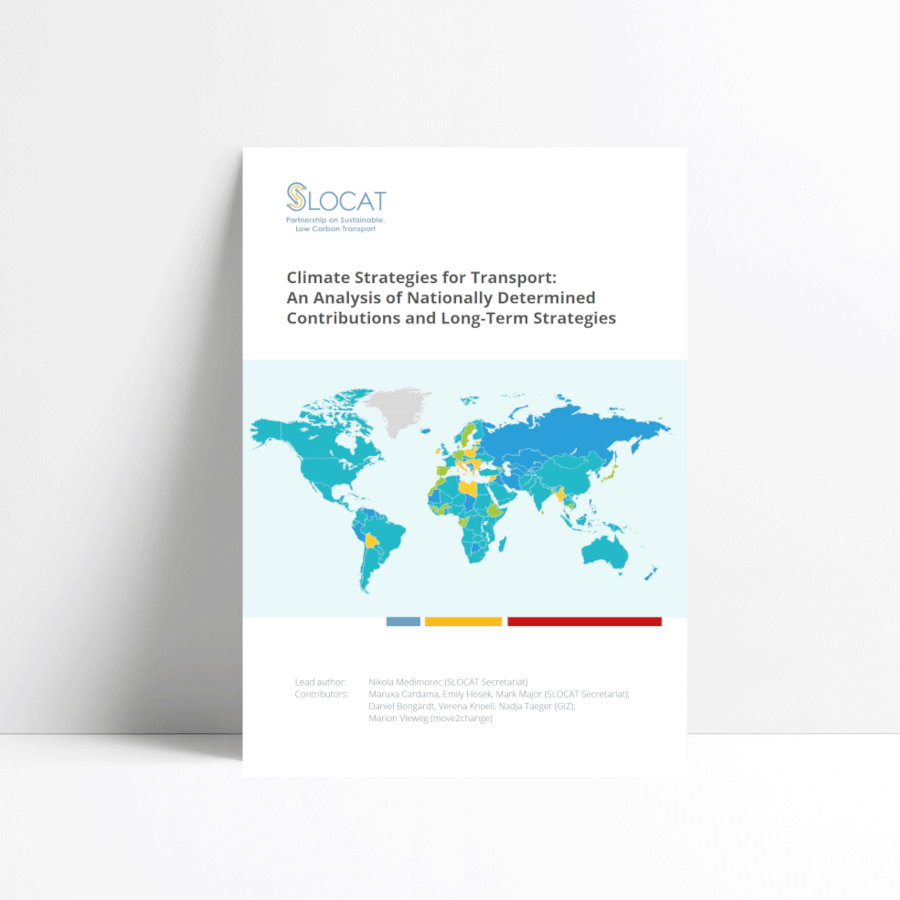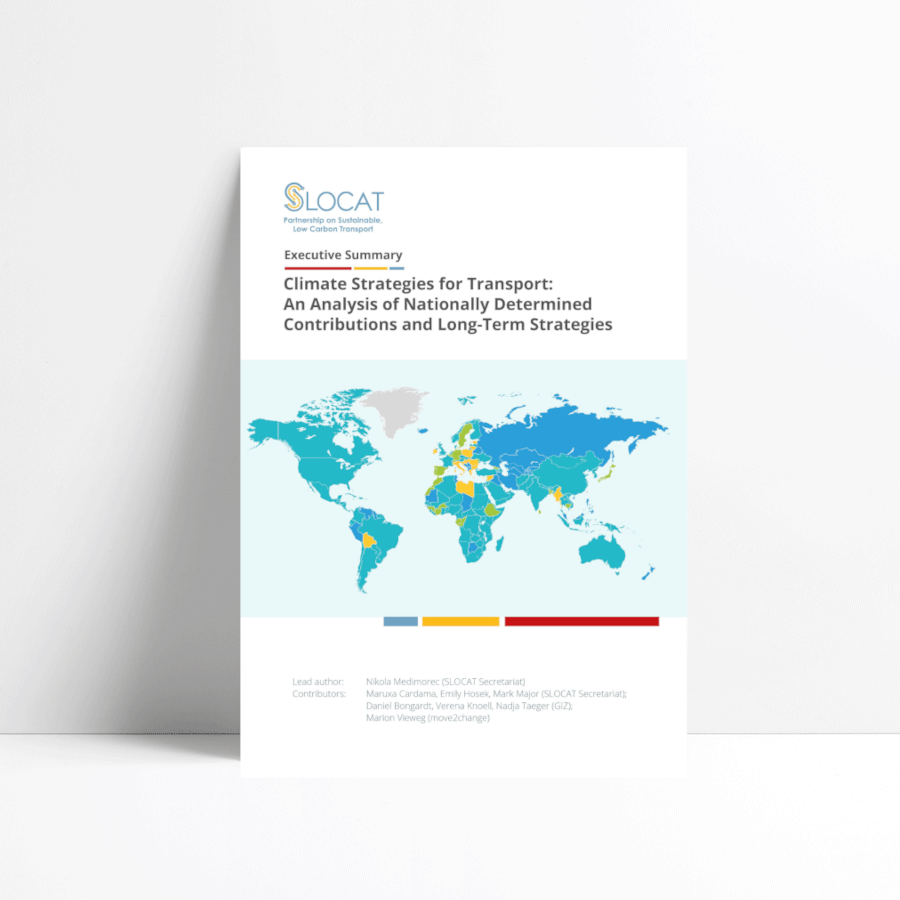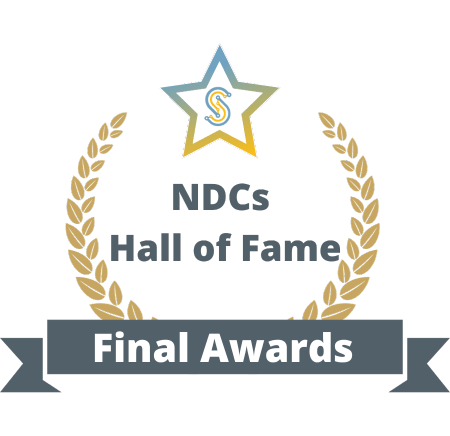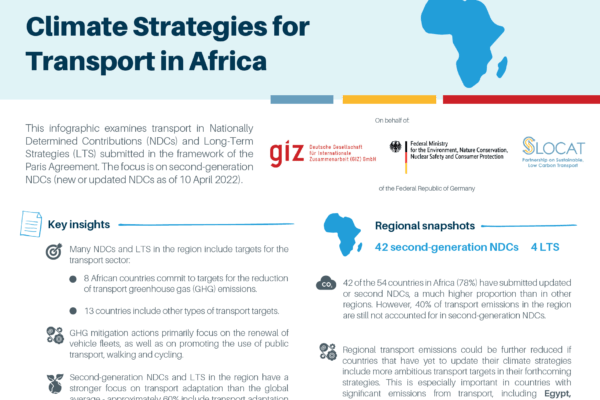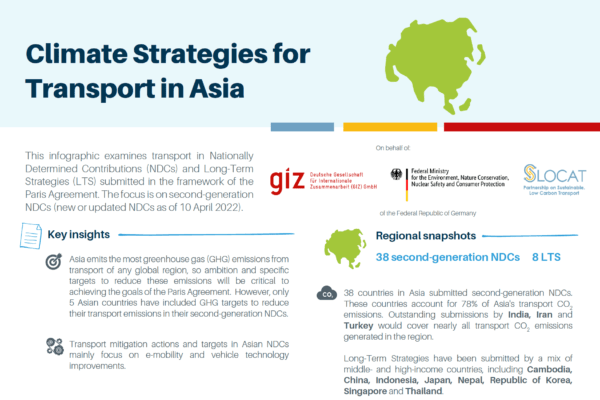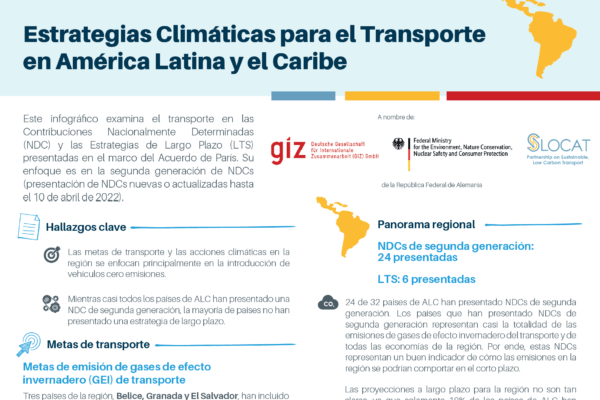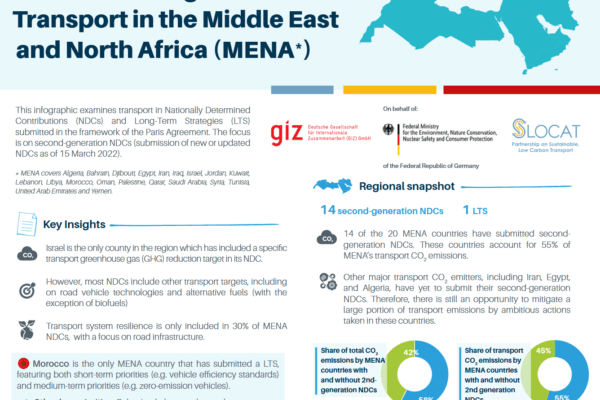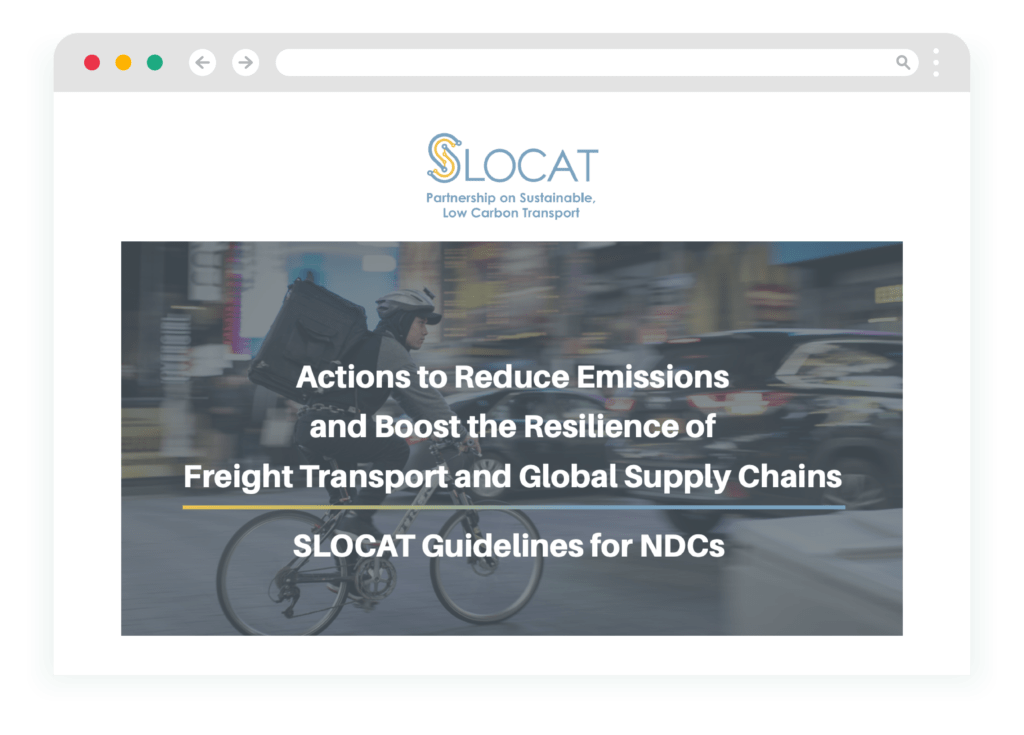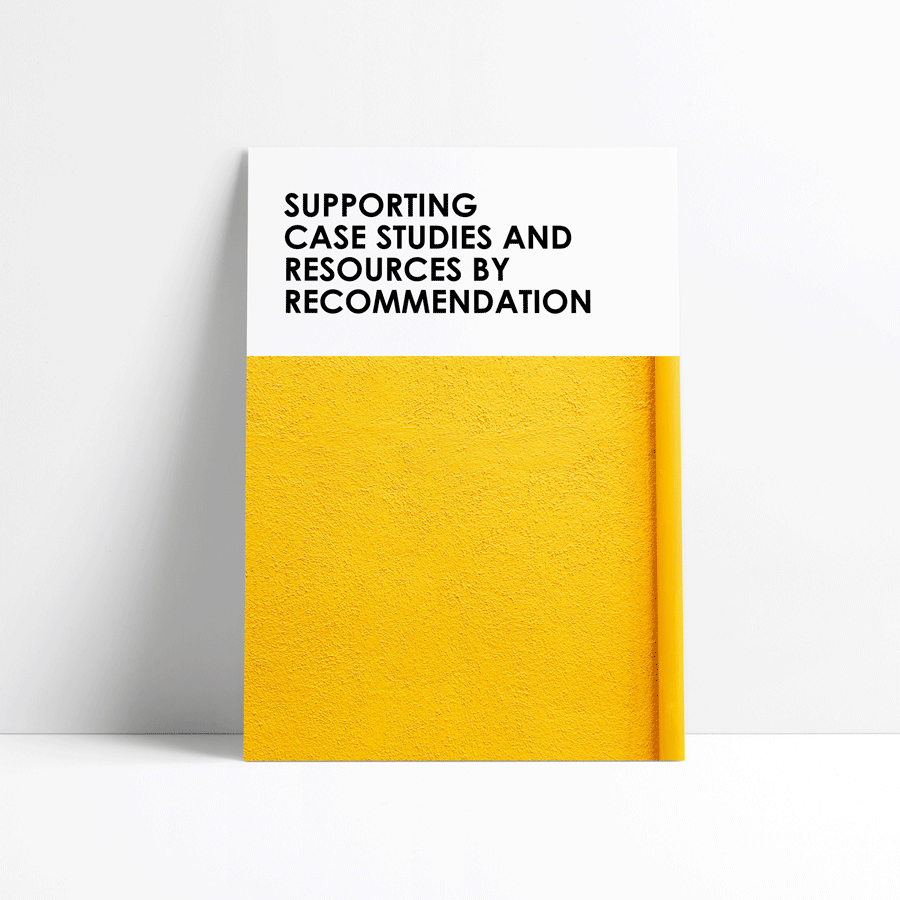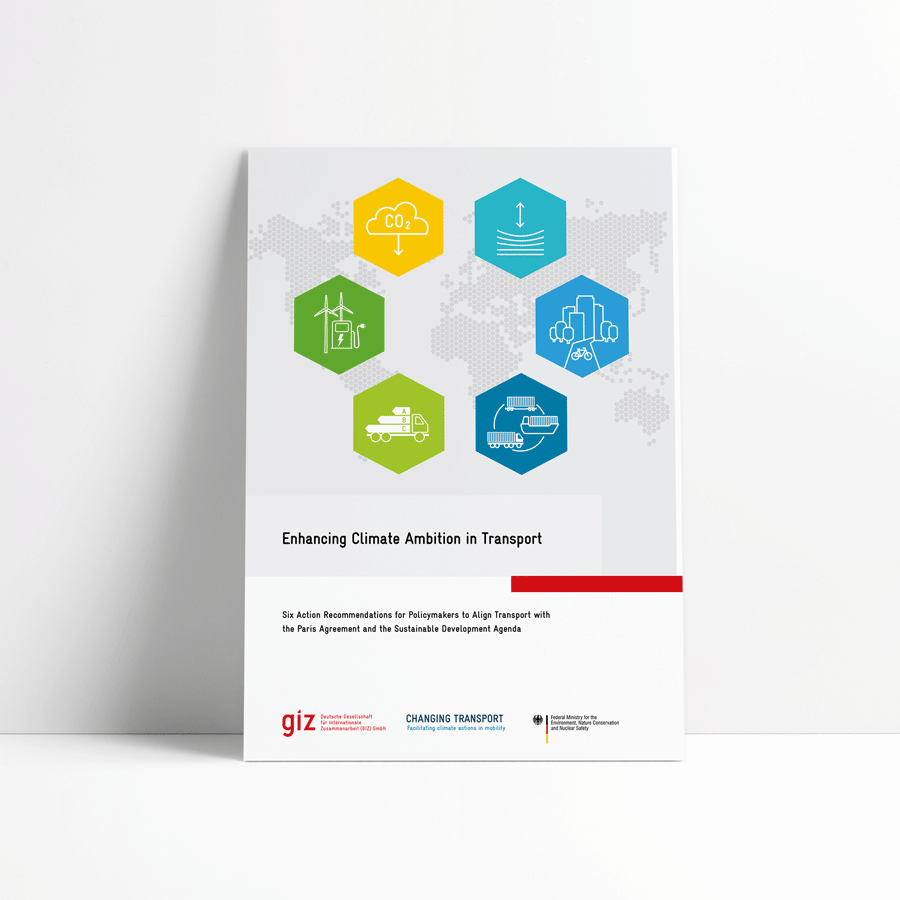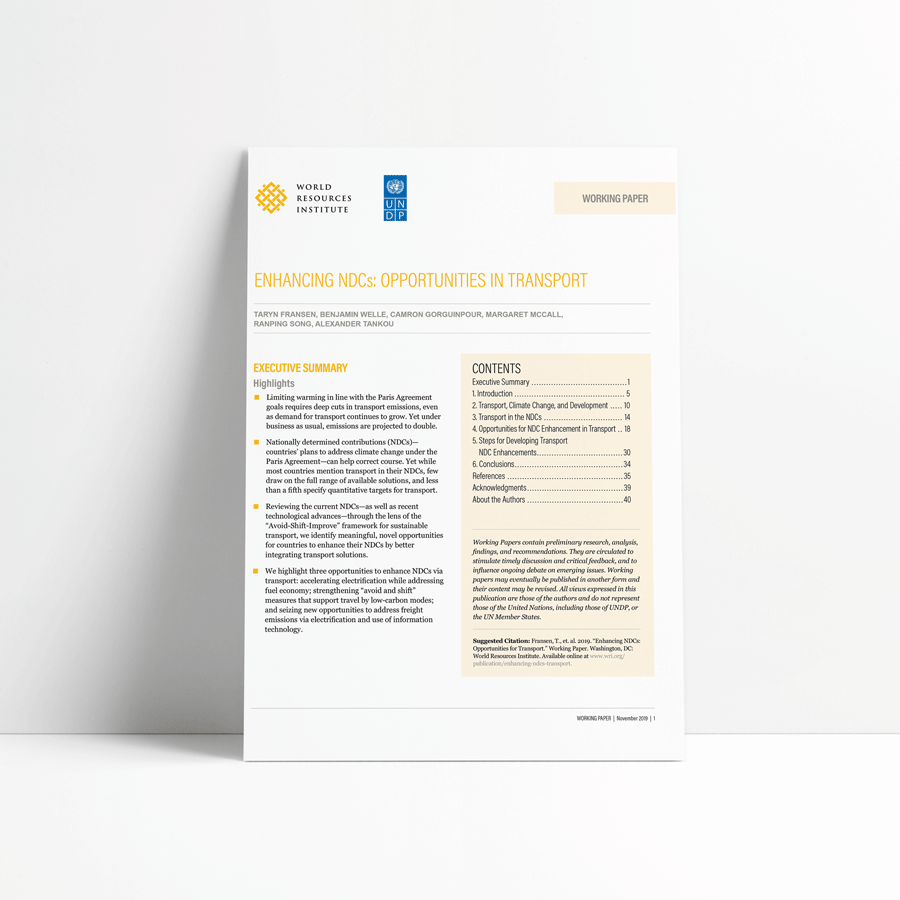Transport in NDCs and LTS of the Paris Agreement on Climate
The global emissions of the transport sector are heading in the wrong direction, accounting for the fastest-growing source of emissions around the world. We must change this trend now and the Intergovernmental Panel on Climate Change underlines that a pathway for transport which contributes to maintaining global temperature rise below 1.5ºC is possible. Transport systems and livelihoods are at growing risk due to more frequent extreme weather events and rising sea level rises.
In this era of climate emergency, it is as important as ever that countries set ambitious, robust and actionable targets and roadmaps for the decarbonisation, the adaptation to climate change impacts and the resilience of transport and mobility systems – in a just transition.
SLOCAT continues our long-date technical analysis and support towards specific transport targets in the Nationally Determined Contributions (NDCs) and the Long-Term Strategies (LTS) that countries submit in the framework of the Paris Agreement on Climate Change.
GIZ-SLOCAT NDC Transport Tracker
SLOCAT, together with GIZ’s Advancing Transport Climate Strategies (TraCS) project assesses the ambition, targets and policies in NDCs and Long-Term Strategies. The GIZ-SLOCAT NDC Transport Tracker pays special attention to the level of ambition of the transport sector in the NDCs with the focus on target-setting, adaptation and resilience in transport and the scope of transport sub-sectors included.
In 2023, the GIZ-SLOCAT NDC Transport Tracker was enhanced with an expert mode to offer a clear picture of transport ambitions, targets and policies in NDCs and LTS. This new expert mode enables a better assessment across generations of NDCs and LTS and helps users deep dive into a wider range of parameters. Learn at this event how to use the expert mode.
Climate Strategies for Transport: An Analysis of Nationally Determined Contributions and Long-Term Strategies
This report seeks to establish to what extent climate action in transport by countries is on track to deliver on the Paris Agreement goal of limiting global warming below 1.5 °C. The Report also identifies gaps and shortcomings in the transport dimension of these national climate strategies; while it provides recommendations on how to enhance it. It assesses the impact of NDCs with targets related to mitigating transport greenhouse gas emission on the overall trajectory of transport emissions. Findings show that, if the targets were to be met, the growth of transport emissions would only be slowed down but not put on the radical contention path that is required to support the goal of limiting global warming below 1.5 °C.
Learn about the role of national climate and sustainability strategies in achieving the targets of the Paris Agreement and the SDGs on Transport from the SLOCAT Transport, Climate and Sustainability Global Status Report – 3rd Edition.
* The information featured in this analysis is based on data in the GIZ-SLOCAT NDC Transport Tracker, a database on ambition, targets and policies in NDCs and LTS of the Paris Agreement, jointly developed by the Deutsche Gesellschaft für Internationale Zusammenarbeit (GIZ), and SLOCAT Secretariat. Along with this tracker, GIZ has summarised the key insights from the LTS and second-generation NDCs here.
This analysis of the climate strategies is being consequently updated in due course and any NDCs eventually submitted will be included as they become available.
The NDCs Hall of Fame by SLOCAT
The NDCs Hall of Fame by SLOCAT puts the spotlight on the major transport strengths and issues in the second generation of Nationally Determined Contributions (NDCs) submitted so far by countries in the framework of the Paris Agreement on Climate Change. By doing this, we aim to illustrate how countries can enhance the transport dimension of their NDCs and hence enable passenger and freight transport systems for equitable, decarbonised, resilient pathways.
To keep global temperature rise to below 1.5°C, the Glasgow Climate Pact that was agreed at the 26th UN Climate Change Conference of the Parties (COP26) requested countries to submit more ambitious NDCs by the end of 2022. SLOCAT is urging countries to revisit their contributions and further enhance the transport ambition of their climate strategies.
The NDCs Hall of Fame by SLOCAT is based on the SLOCAT Ten Recommendations to Raise Ambition for Transport in NDCs and the data from the SLOCAT-GIZ NDC Transport Tracker (as of 10 November 2023). Read the assessment methodology below and contact Nikola Medimorec for more information.
Regional Infographics on NDCs and Long-Term Strategies
SLOCAT, together with GIZ’s Advancing Transport Climate Strategies (TraCS) project produces regional summaries of the climate targets and actions in NDCs and Long-Term Strategies. It is based on the GIZ-SLOCAT NDC Transport Tracker, a database on ambition, targets and policies in NDCs and Long-Term Strategies. The regional infographics intend to inform the UNFCCC Regional Climate weeks in Africa, Asia-Pacific, Latin America and the Caribbean and the Middle East and North Africa.
Actions to Reduce Emissions and Boost the Resilience of Freight Transport and Global Supply Chains: SLOCAT Guidelines for NDCs
To secure their place in the future net zero economy, countries can use their NDCs to set their freight transport and logistics systems on track to become net zero and resilient. Some key elements of a NDC that enables impactful action on decarbonisation and resilience of freight transport and global supply chains include:
- A NDC that enables action on transport includes a transport-related GHG mitigation target in addition to the common economy-wide emissions mitigation target.
NDCs should include mitigation actions for freight transport structured by the Avoid-Shift-Improve framework.
Ten Recommendations to Raise Ambition for Transport in NDCs
As we collectively work to update and raise ambition in the next generation of Nationally Determined Contributions (or NDCs – efforts by each country to reduce national emissions and adapt to the impacts of climate change under the United Nations Framework Convention on Climate Change), we would like to share a set of key recommendations for ways countries can scale up transport ambition in their NDCs.
Let’s use this moment to alter business as usual for good, and create new pathways to an equitable, climate-friendly and resilient present and future!
It was in 2015 when countries first submitted their NDCs. Of the 166 NDC submissions representing 193 countries, 76% highlighted the transport sector as a mitigation source, but only 8% included transport-specific greenhouse gas mitigation targets.
In terms of Avoid-Shift-Improve strategies, the majority (65%) of mitigation measures mentioned in NDCs represented ‘Improve’ strategies, while only 28% represented ‘Shift’ and 7% represented ‘Avoid’. Only 16% of NDCs included transport adaptation. NDCs also tended to focus more on passenger transport, and less than a quarter referenced freight transport. Read more about transport in the first generation of NDCs here.
The level of ambition for transport needs to drastically increase in this second generation of NDCs.
Include specific transport sector carbon dioxide (CO2) mitigation targets supported by sustainable transport measures
Setting specific targets to mitigate carbon dioxide (and other greenhouse gases) from the transport sector can unleash the sector’s large potential to contribute to climate mitigation and the achievement of the objectives of the Paris Agreement. It may be helpful to set goals for specific sub-sectors of transport, such as cars, road freight, and aviation.
Sustainable transport measures support the achievement of these climate mitigation targets, while simultaneously addressing climate adaptation, as well as the health, equity, and social cohesion goals of the global sustainable development agenda. They are also generally easy to communicate and understand.
Some examples include:
- setting targets to increase the fleet size of electric bicycles,
- expanding km/mi of mass transit,
- replacing domestic flights with high-speed rail,
- phasing out the sale and use of internal combustion engines,
- increasing the share of walking to X% by 2025.
Include specific transport sector carbon dioxide (CO2) mitigation targets supported by sustainable transport measures
Engage different actors - work with cities and regions, companies, civil society and academia to develop robust and implementable transport targets
Engage relevant stakeholders in a transparent, inclusive, and meaningful process to co-define knowledge-based targets and implementation frameworks in your NDC. Take into account the different capacities of each sector, and ensure the inclusion of the informal transport sector.
Cities and regions are where the majority of low carbon and sustainable transport measures are implemented, delivering key services and direct emissions reductions, while influencing more ambitious climate action by other actors. Regions play an important connecting role between national and city-level policy making. Ensure that your NDC includes institutional, legal and financial frameworks that enable and empower subnational transport action; as well as coordination of efforts across different levels of government.
Engage different actors – work with cities and regions, companies, civil society and academia to develop robust and implementable transport targets
Maximise combined transport, climate and sustainability impacts - Use your NDC to align and integrate sustainable low carbon transport strategies with your Paris Agreement Long-Term Strategy and wider sustainable development priorities
Many countries are now setting economy-wide, net zero carbon targets for 2050, specifically including plans to decarbonise transport in order to achieve these goals. Use your NDC as an opportunity to reiterate the link between sustainable transport and climate action, and catalyse coordination and collaboration across different ministries and departments.
Sustainable, low carbon transport is crucial to the realisation of sustainable development, including the United Nations’ Sustainable Development Goals (SDGs). Safe, efficient, affordable and low carbon mobility can accelerate the path to meet our shared health, clean energy, sustainable cities, and biodiversity goals (SDGs 3, 7, 11, 15), while significantly increasing equitable access to jobs and socio-economic opportunities for women and girls, and people of all ages and abilities (SDGs 5, 8,9,10).
Finally, behavioural change and social innovation must be incentivised by all levels of government, including through economic and financial policy instruments, without unduly burdening the most vulnerable and those most often left behind.
Maximise combined transport, climate and sustainability impacts – Use your NDC to align and integrate sustainable low carbon transport strategies with your Paris Agreement Long-Term Strategy and wider sustainable development priorities
Incorporate Avoid, Shift, and Improve strategies to reduce the negative environmental impact of transport and increase equitable access
Include strategies and policies which primarily focus on avoiding unnecessary transport, while shifting to low carbon modes, and improving vehicle design, fuel efficiency and energy sources. Improve measures can deliver defined reductions in the short-term – but in the longer-term, an estimated 50% of emission reductions will come from avoid and shift policies, which must be implemented as soon as possible.
Consider including holistic, systems-thinking solutions in your NDC, such as parking standards, reduced packaging to reduce freight volume, and online and in-home services to avoid transport demand.
A modal shift to public transport can serve multiple benefits, such as reducing daily travel emissions, improving air quality, and reducing productivity and economic losses caused by road congestion from private passenger vehicles. Shifting to active mobility by supporting improvements in walking and cycling infrastructure can significantly reduce emissions and increase equity in access to mobility, especially for the most vulnerable, while supporting healthy lifestyles.
Find out more about the Avoid-Shift-Improve strategies here.
Incorporate Avoid, Shift, and Improve strategies to reduce the negative environmental impact of transport and increase equitable access
Shift financing and investment towards low carbon and resilient transport priorities, while making plans to eliminate transport sector fossil fuel subsidies and working to phase out internal combustion engines by the earliest date possible
Investments in low carbon and resilient mobility systems offer financial savings and quality of life benefits beyond the scale and budget of the investments themselves. To enable delivery, ensure that your NDC contains specific measures to finance sustainable and resilient low carbon transport; including plans to shift investment away from high carbon transport towards lower carbon measures, such as rail, freight, public transport, walking, and cycling. Negative externalities must be included in transport prices, starting with the most polluting modes. Meaningful carbon pricing and tax exemptions can be impactful approaches.
Until now, public subsidies for fossil fuels have largely locked society into carbon-intensive road transport. Moving towards decarbonised transport systems will require the reform of transport subsidies in a manner that is socially, environmentally and economically responsible. The elimination of fossil fuel subsidies enables the acceleration of clean mobility and releases the resources needed to implement low carbon solutions.
Shift financing and investment towards low carbon and resilient transport priorities, while making plans to eliminate transport sector fossil fuel subsidies and working to phase out internal combustion engines by the earliest date possible
Integrate urban, transport and land use planning policies and tools to support the achievement of your transport targets
Good urban, transport, and land use planning, such as Transit-Oriented Development (TOD), can incentivise shifts to lower carbon modes, significantly mitigating emissions from the transport sector. Prioritising planning for lower carbon modes of transport, such as high-speed rail systems, has made it possible to better connect urban centres with each other, thus reducing urban sprawl. Including and coordinating planning measures in your NDC can also support a number of other goals related to: public transport, logistics, walking and cycling, safety and accessibility, improved access to goods and services, and wider socio-economic objectives such as place-making and social cohesion.
Integrate urban, transport and land use planning policies and tools to support the achievement of your transport targets
Set goals and plans for the adaptation and resilience of transport systems
While many NDCs focus largely on mitigation measures, specific goals and plans for adaptation and resilience to climate change are equally important. Transport systems are extremely vulnerable to extreme weather events and sea-level rise, so planning for adaptation and resilience is essential and increases long-term returns on investment.
Set goals and plans for the adaptation and resilience of transport systems
Accelerate electrification - Include goals on increasing electrification of buses, cars, vans, and two and three-wheelers; and accompany this with low carbon electricity supply and advanced grid integration
Electric vehicles (EVs) are cheaper to run than conventional vehicles, thanks to lower fuel and maintenance costs. The higher the vehicle utilisation rate, the stronger the economic case. Setting electrification sub-targets for specific use cases, such as public and private sector fleets, helps drive market momentum, especially captive fleets with predictable driving and refueling patterns. The shortfall of EV supply from manufacturers and the lack of charging infrastructure are commonly cited barriers to electrification, so policy measures should aim to stimulate EV supply and deployment of charge points.
Accelerate electrification – Include goals on increasing electrification of buses, cars, vans, and two and three-wheelers; and accompany this with low carbon electricity supply and advanced grid integration
Address freight transport emissions, which account for 40% of energy use in the transport sector
Given that global freight demand could triple by 2050, it is crucial that all NDCs set targets to reduce emissions from this source. While it may seem difficult, clean fuels and improved freight logistics are becoming increasingly more viable, and can provide direct savings for operators and consumers. Investing in sustainable rail, waterway, and multimodal hubs, enhancing system efficiency in freight and logistics, and incentivising low carbon last mile delivery are key measures to include.
Address freight transport emissions, which account for 40% of energy use in the transport sector
Include goals on aviation and maritime transport - two of the fastest growing sectors
It is essential for countries to use a full range of Avoid-Shift-Improve strategies to address fast-growing aviation and maritime transport emissions, aiming for ambition in line with the Paris Agreement. Some examples include “avoiding” through support for aviation taxes and charges and teleworking arrangements, “shifting” to high speed rail services, and “improving” with new fuels, better operations and more efficient vessels and aircraft design. Countries should propose and support goals on international aviation and maritime transport in the International Civil Aviation Organization (ICAO) and the International Maritime Organization (IMO).
Include goals on aviation and maritime transport – two of the fastest growing sectors
Supporting Organisations
The recommendations have been compiled by the SLOCAT Partnership in collaboration with Deutsche Gesellschaft für Internationale Zusammenarbeit (GIZ)‘s Changing Transport, the Institute for Transportation and Development Policy (ITDP), and the World Resources Institute (WRI), following an open consultation with additional contributions from: Alstom, the Climate Group, IDDRI, the International Association of Public Transport (UITP), the International Union of Railways (UIC), and Walk 21.
In collaboration with:
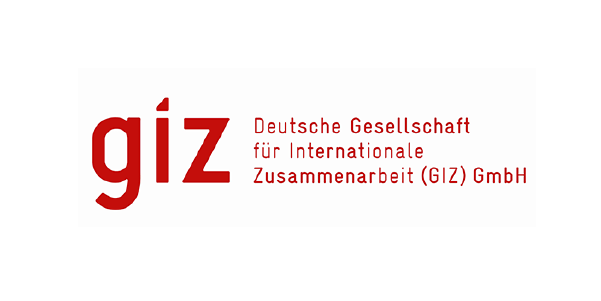

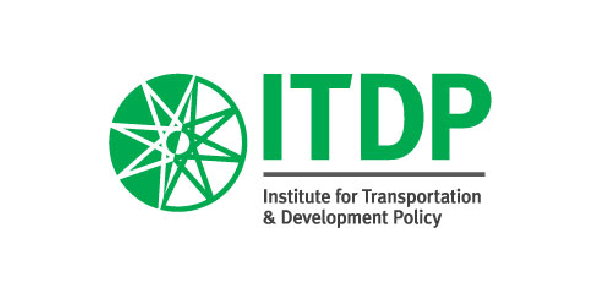

With contributions from:


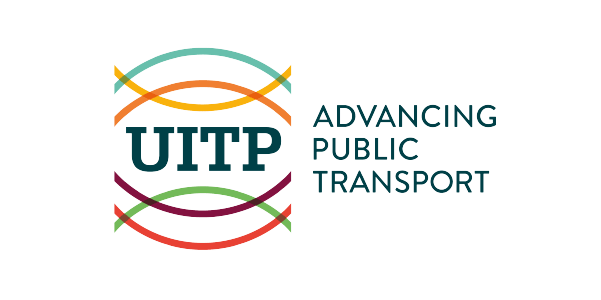


Endorsed by:

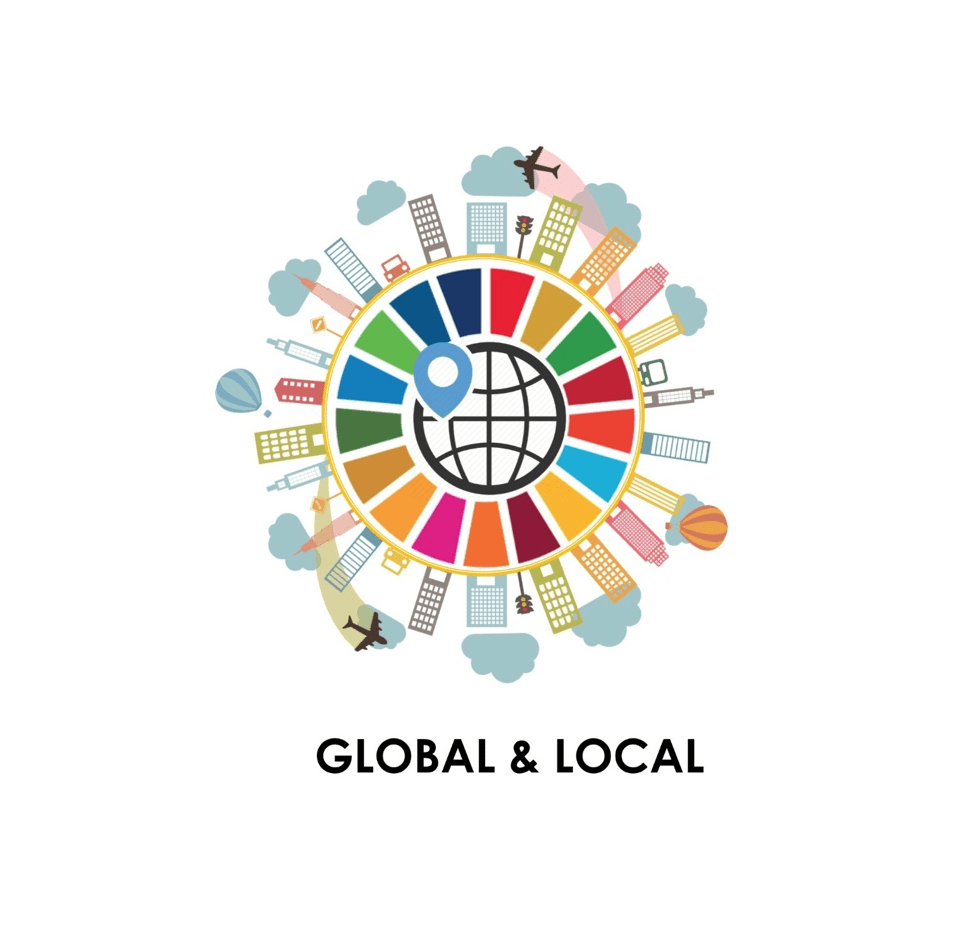
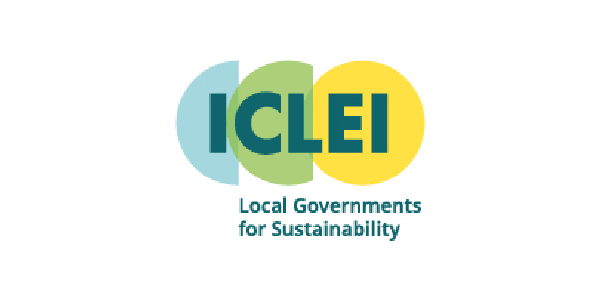

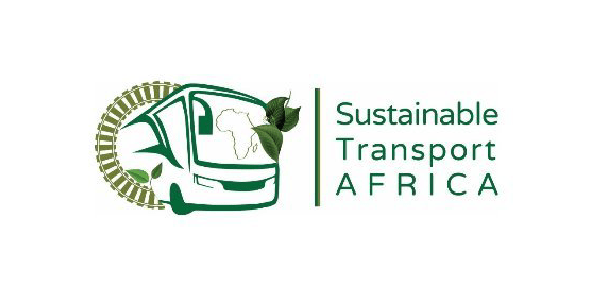

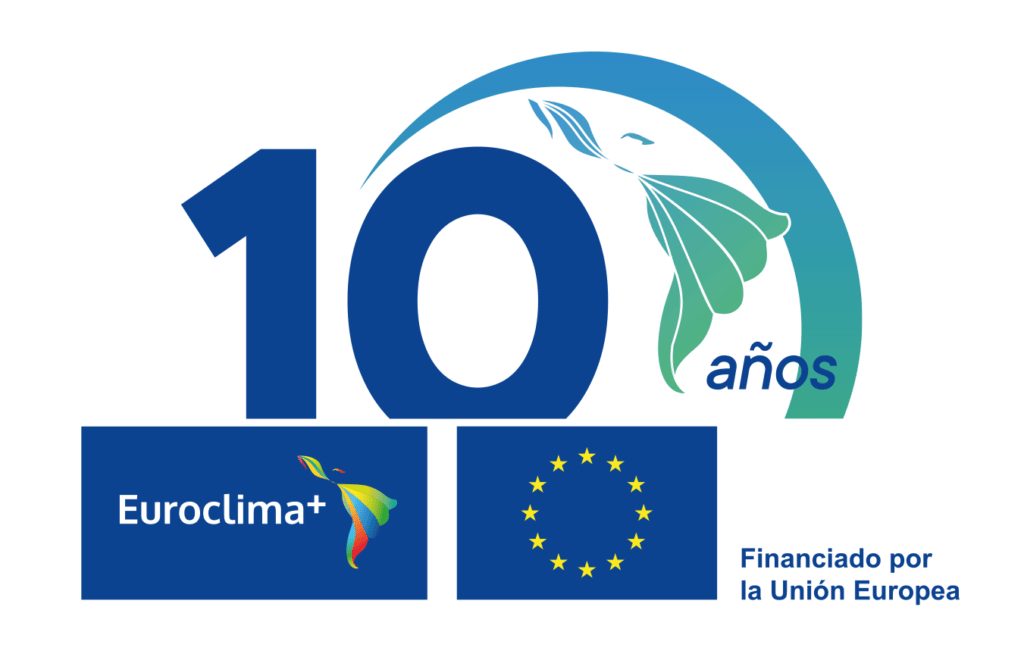

SLOCAT’s work on this campaign is supported by:

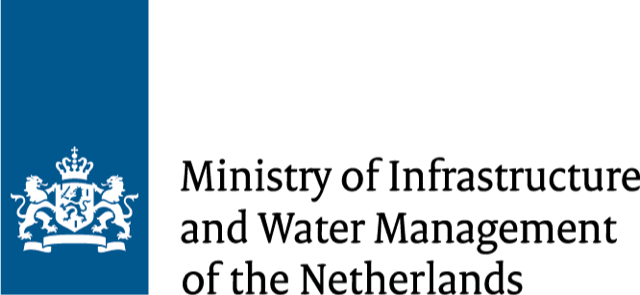
Movin’ On Community of Interest on NDCs
SLOCAT, together with the Institute for Sustainable Development and International Relations (IDDRI), is leading the Movin’On Community of Interest on NDCs. The objective of the community of interest is to explore how the business community can support the decarbonisation of transport through the revision of NDCs and their implementation on the ground.
The first session of the community of interest was held virtually in early January 2021. It will be followed by an in-person session at the Movin’On Summit in June 2021. The activities will be continued until the end of COP26 in Glasgow.
EUROCLIMA+
In partnership with EUROCLIMA+, SLOCAT supports transport ambition within Nationally Determined Contributions (NDCs) in Latin America and the Caribbean through the facilitation of peer learning workshops and seminars; moderation of the NDC channel in the regional Community of Practice on sustainable urban mobility, and deployment of the Transport in NDCs campaign in Spanish. Read more
El siguiente video presenta algunos mensajes clave del análisis realizado. Más abajo se encuentran los enlaces a los países que fueron considerados en este análisis usando el NDC Tracker para Transporte. En esta, podrán consultar en mayor detalle los contenidos relacionados a sus NDCs y LTS.
NDC Transport Initiative for Asia (NDC-TIA)
In partnership with NDC-TIA, SLOCAT organised and delivered a workshop led by ICF for national governments in Asia on incorporating transport into LTS in September.
SLOCAT is among the implementing organisations of NDC-TIA; a project by the International Climate Initiative of the German Ministry of Environment that aims to develop a holistic approach to decarbonise the transport sector in India, China and Vietnam. Read more
Additional Resources
Shared Database for Transport in NDCs
This file includes supporting case studies and resources by recommendation and is continuously being updated. Feel free to contribute!
Enhancing Climate Ambition in Transport
Six Action Recommendations for Policymakers to Align Transport with the Paris Agreement and the Sustainable Development Agenda
Enhancing NDCs: Opportunities in Transport
This aims to help countries incorporate ambitious, relevant, and tangible transportation solutions into enhanced NDCs
